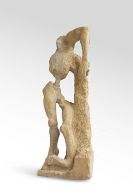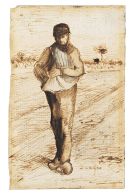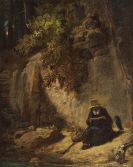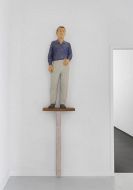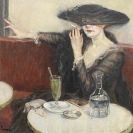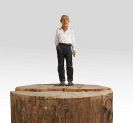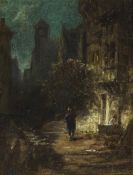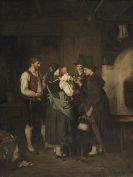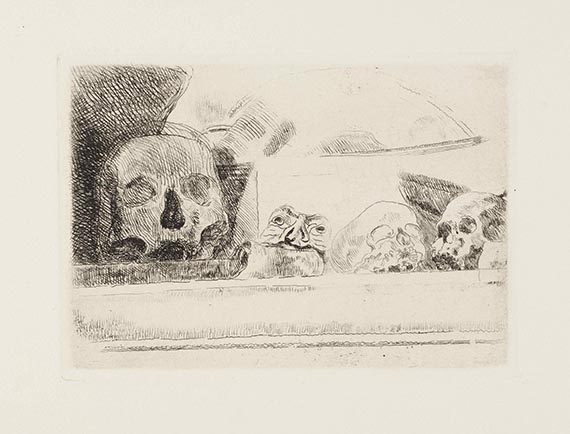
Ilja Jefimowitsch Repin
Tschugujeff
1844 -
Kuokkala
1930
Ilya Yefimovich Repin was born on July 24, 1844 as the son of a Russian military settler in the town of Chuguev near Kharkov. After having attended the military school of topography, he was trained in icon painting from 1857. From 1863 to 1871 Repin studied at the academy of art in St. Petersburg. On a trip to the river Volga with friends in 1870, Repin discovered the motif for his most famous painting: the Volga Barge Haulers.
When Ilya Repin graduated from the academy in 1871, he was awarded a five-year scholarship to study abroad, in recognition of his examination piece. In 1872 he married Vera Shevzova and joined the artists' group Predvishniki. In 1873 he traveled abroad and stayed in Vienna for a short while, before he went on to Italy and finally to Paris. After only two years, he returned to Russia, as his work was not appreciated in France.
The following years Ilya Yefimovich Repin's paintings mainly dealt with subjects of Russian history. After 1879 he produced "Arrest of a Propagandist", the first large-format versions of "The Reply of the Zaporozhian Cossacks to Sultan Mehmed IV of Turkey" and portraits of important contemporaries, including Leo Tolstoy and Modes Mussorgsky.
In 1581 Repin worked on the first studies for his monumental pieces "Religious Procession in the Province of Kursk" and "Ivan the Terrible killing his son". Having moved from Moscow to St. Petersburg in 1882, Ilya Repin separated from his wife Vera. Ilya Yefimovich Repin is regarded as one of the leading Russian painters of his time and was commissioned by Tsar Alexander III, to reform the academy in St. Petersburg, where he taught as a professor from 1892.
Repin built himself a country house in Kuokkala, Finland, which he called Penates. After the Russian defeat in the Russian-Japanese war, riots started to haunt Russia. The brutal suppression of a peaceful demonstration on the "Bloody Sunday" in St. Petersburg inspired Repin to paint critical pictures including "Bloody Sunday" and "Red Funeral". Ilya Repin stopped teaching and fought against capital punishment together with Tolstoy.
In 1911 he visited Rome one last time. Subsequently, he wrote his memoirs in Kuokkala. With World War I and the Russian Revolution, boarders changed and Kuokkala was separated from Russia. From 1918 Repin was a Finnish citizen. As a painter, he refocused on Biblical subjects. His reputation in the Soviet Union remained great.
On September 29, 1930 Ilya Repin died in his country house, where he was also buried.
Would you like to sell a work by Ilja Jefimowitsch Repin?
Infos for seller
